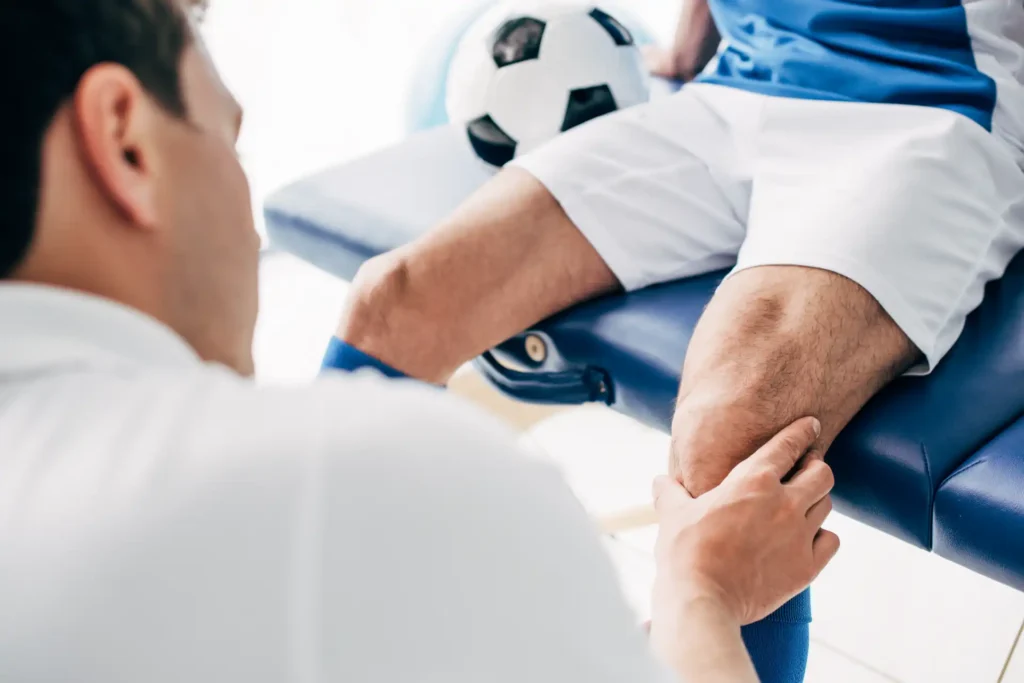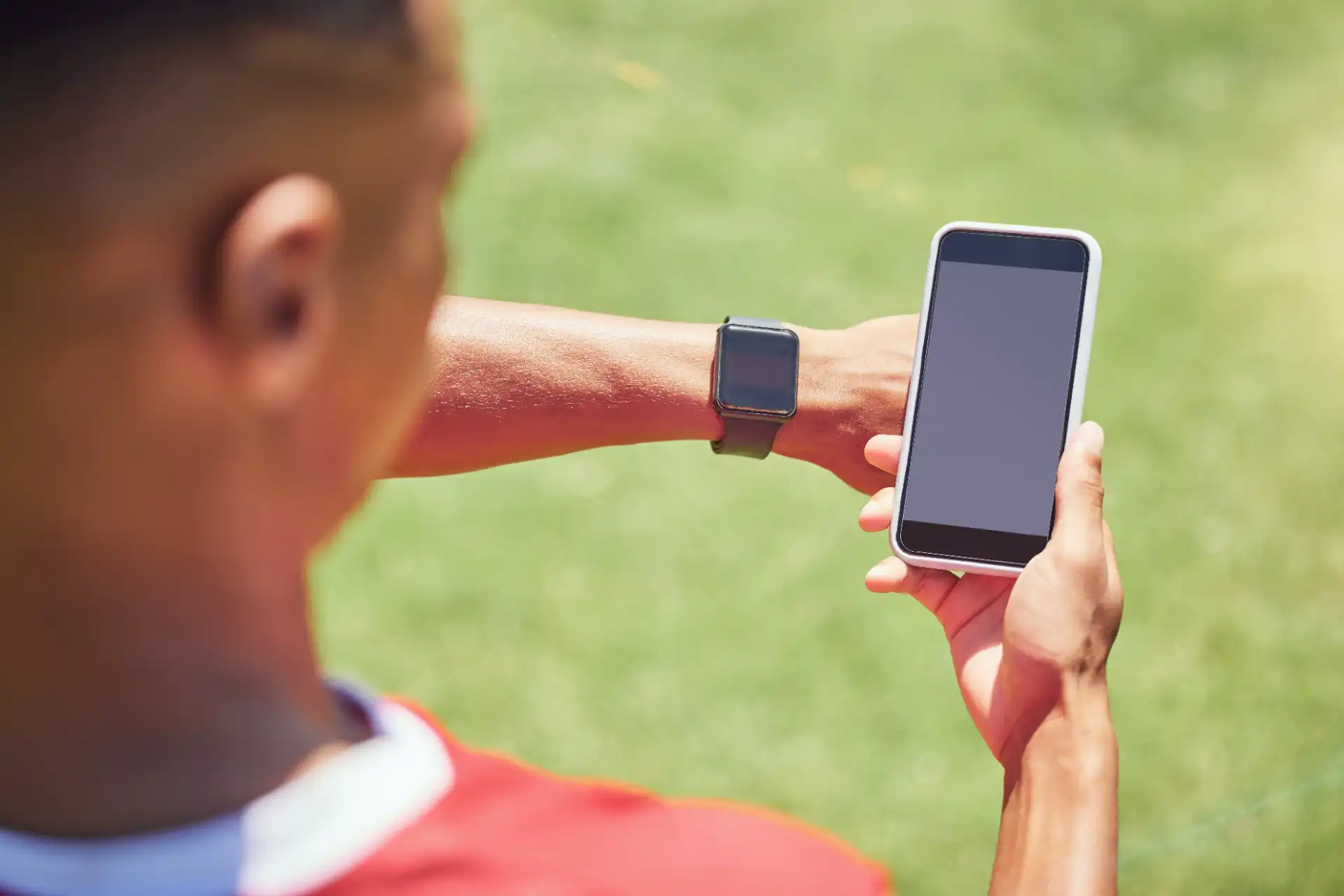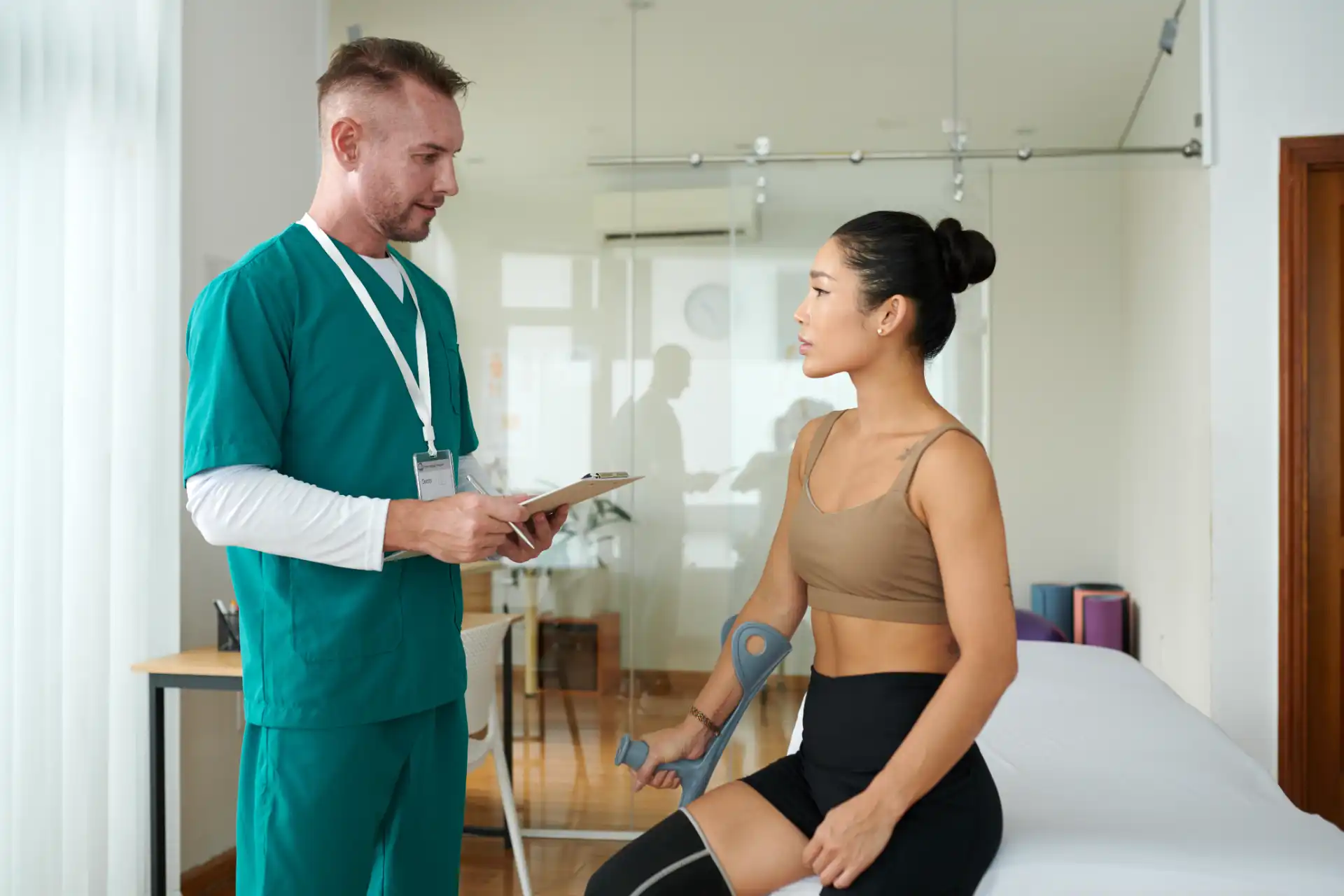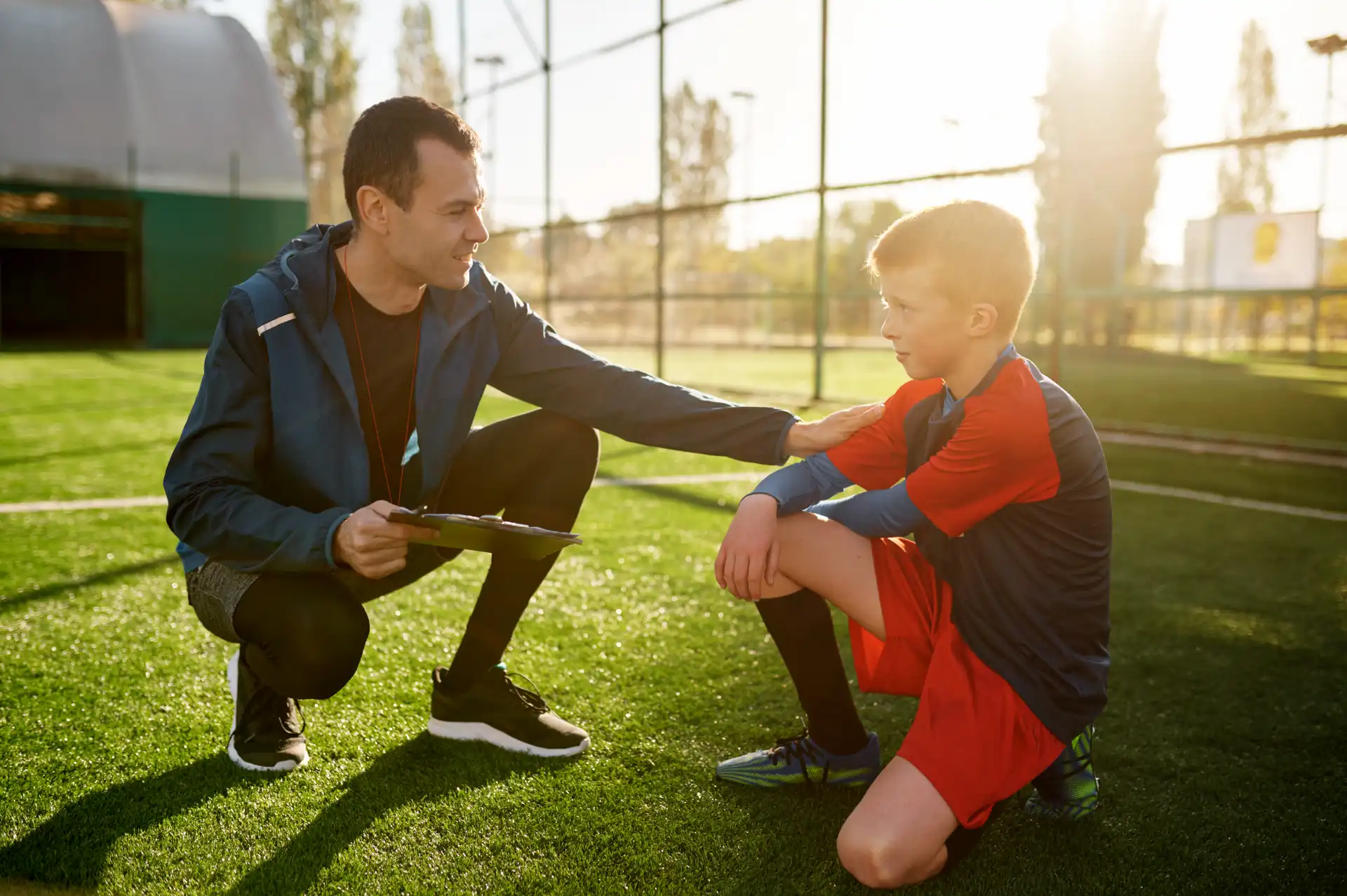How to Recognize Early Signs of Sports Injuries Before They Get Worse
Sports injuries often start with subtle signs before they escalate into serious problems. Recognizing these early warnings can make the difference between a quick recovery and long-term damage. Whether you’re a professional athlete or someone who enjoys staying active, knowing how to spot early signs of sports injuries is essential for prevention and proper care.
Why Early Detection Matters
Many sports injuries develop gradually due to repetitive stress or minor trauma that accumulates over time. If left unnoticed, these small issues can lead to more severe conditions such as fractures, ligament tears, or chronic pain.
By understanding the early signs of sports injuries, you can take prompt action, reduce downtime, and avoid permanent damage. For further insights, explore the Mayo Clinic’s sports injury overview.
1. Persistent Pain During or After Activity
It’s normal to feel tired after intense exercise, but persistent pain is a warning sign. If discomfort lingers beyond 48 hours or worsens with movement, it could indicate an underlying issue like a muscle strain or stress fracture.
Tip: Don’t ignore recurring pain. Rest the affected area and consult a healthcare provider if it persists.
2. Swelling and Inflammation
Swelling occurs when your body responds to injury by sending fluids to the affected area. Visible swelling, stiffness, or tenderness are clear signs that something isn’t right.
Tip: Apply ice and elevate the injured area to reduce inflammation. Seek medical advice if swelling doesn’t improve.
3. Decreased Range of Motion
Struggling to move a joint or limb through its normal range can signal an internal injury. Limited flexibility, especially when accompanied by pain, should never be ignored.
Tip: Gentle stretching might help, but avoid pushing through discomfort. A physical therapist can assess and recommend appropriate exercises.
4. Unusual Numbness or Tingling
Numbness, tingling, or a “pins and needles” sensation suggests nerve involvement. This can occur with injuries like herniated discs, carpal tunnel syndrome, or shoulder impingements.
Tip: Stop the activity immediately and consult a medical professional for proper diagnosis.
5. Muscle Weakness
If you notice sudden or progressive weakness in a muscle group, it may indicate strain, nerve damage, or joint instability.
Tip: Avoid activities that stress the affected muscles until you’ve received guidance from a healthcare provider.
6. Visible Bruising
Bruising occurs when blood vessels are damaged beneath the skin. While minor bruises are common, widespread or deep bruising may point to muscle tears or severe trauma.
Tip: Monitor the bruise for changes. If it spreads, becomes very painful, or you experience swelling, consult your doctor.
7. Audible Pops or Snaps
A sudden “pop” or “snap” sound during activity can signal a ligament or tendon injury. This is especially common in knee, ankle, or shoulder injuries.
Tip: Stop activity immediately and seek medical attention to assess the damage.
8. Difficulty Bearing Weight
If you struggle to put weight on a limb or feel instability while standing or walking, it’s a clear sign of injury. This could be due to ligament sprains or bone stress injuries.
Tip: Use support like crutches and consult an orthopedic specialist promptly.
9. Increased Fatigue and Poor Performance
Chronic injuries can lead to general fatigue or a noticeable drop in athletic performance. If you find yourself unusually tired or struggling with endurance, it might be due to an underlying issue.
Tip: Incorporate rest days, monitor energy levels, and consult with a healthcare provider for a full assessment.
10. Psychological Signs
Mental fatigue, frustration, and anxiety about performance can also accompany physical injuries. Pain and discomfort can wear you down mentally, increasing the risk of overuse injuries.
Tip: Pay attention to mental well-being as part of injury prevention. Mindfulness and stress management techniques can help.
What to Do If You Notice Early Signs
If you recognize any of these early signs of sports injuries, don’t delay action. Follow these steps:
- Rest: Stop the activity causing pain.
- Ice: Apply cold packs to reduce swelling.
- Evaluate: Monitor the symptoms and their progression.
- Consult: Seek medical advice for proper diagnosis and treatment.
For additional prevention advice, check out OrthoInfo’s injury prevention tips.
Conclusion
Recognizing the early signs of sports injuries can prevent minor problems from becoming major setbacks. By staying aware of your body’s signals, you can take quick action and maintain your active lifestyle safely.
Always listen to your body, prioritize rest, and seek professional guidance when in doubt. Early attention and care are your best defense against long-term damage. Stay safe, stay active, and enjoy the benefits of a healthy, injury-free lifestyle!




